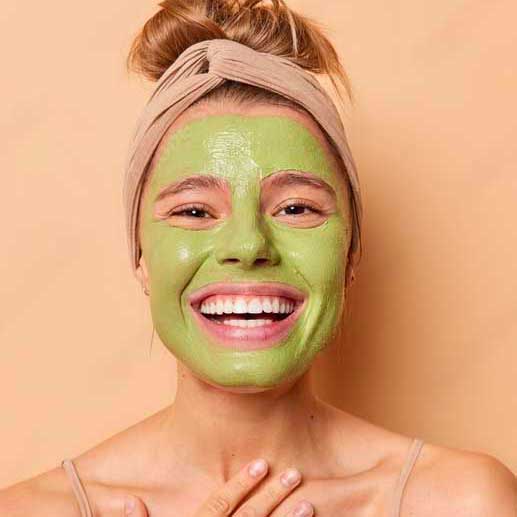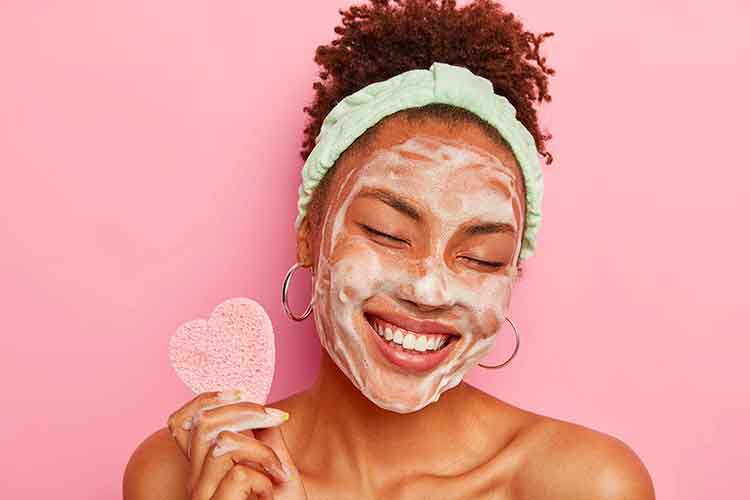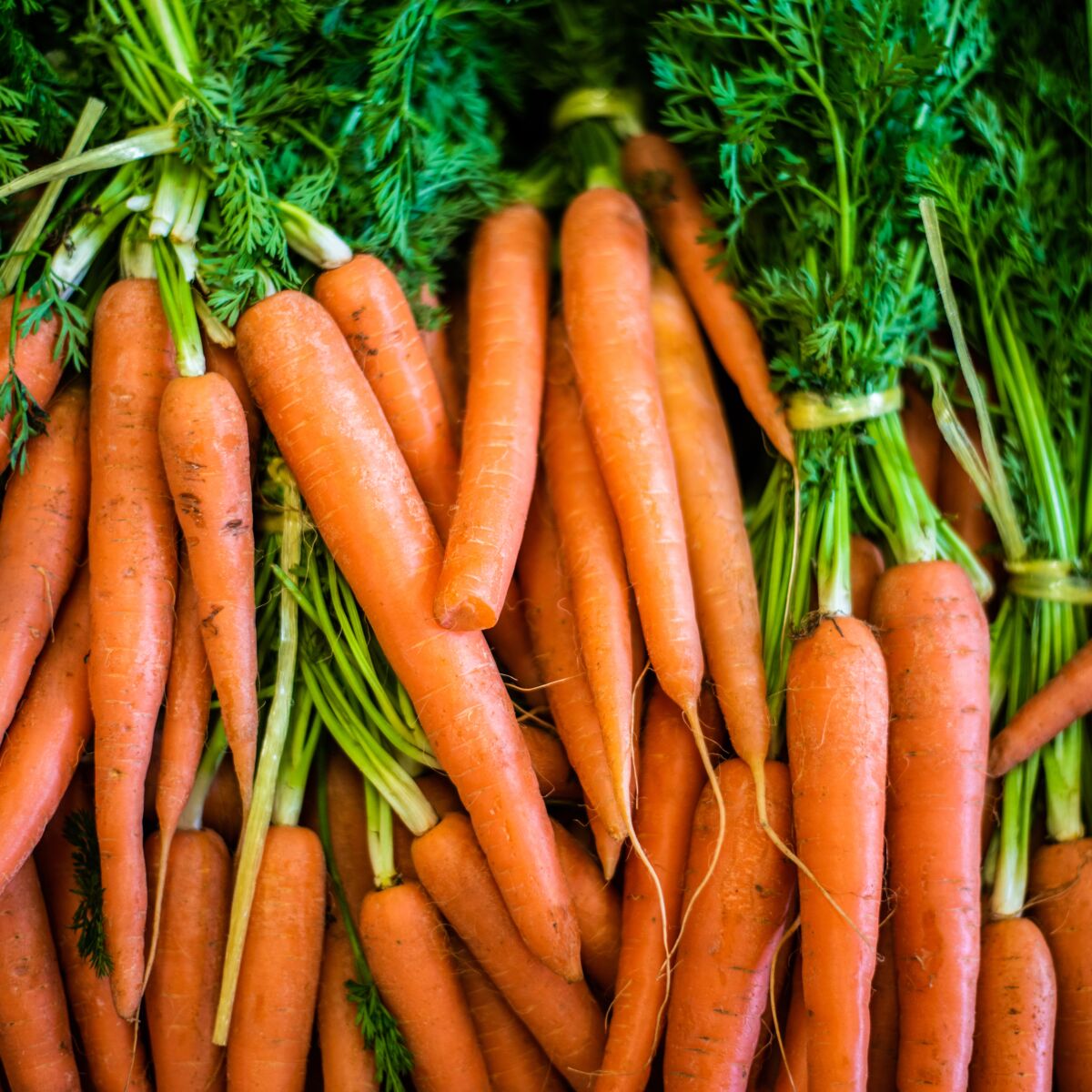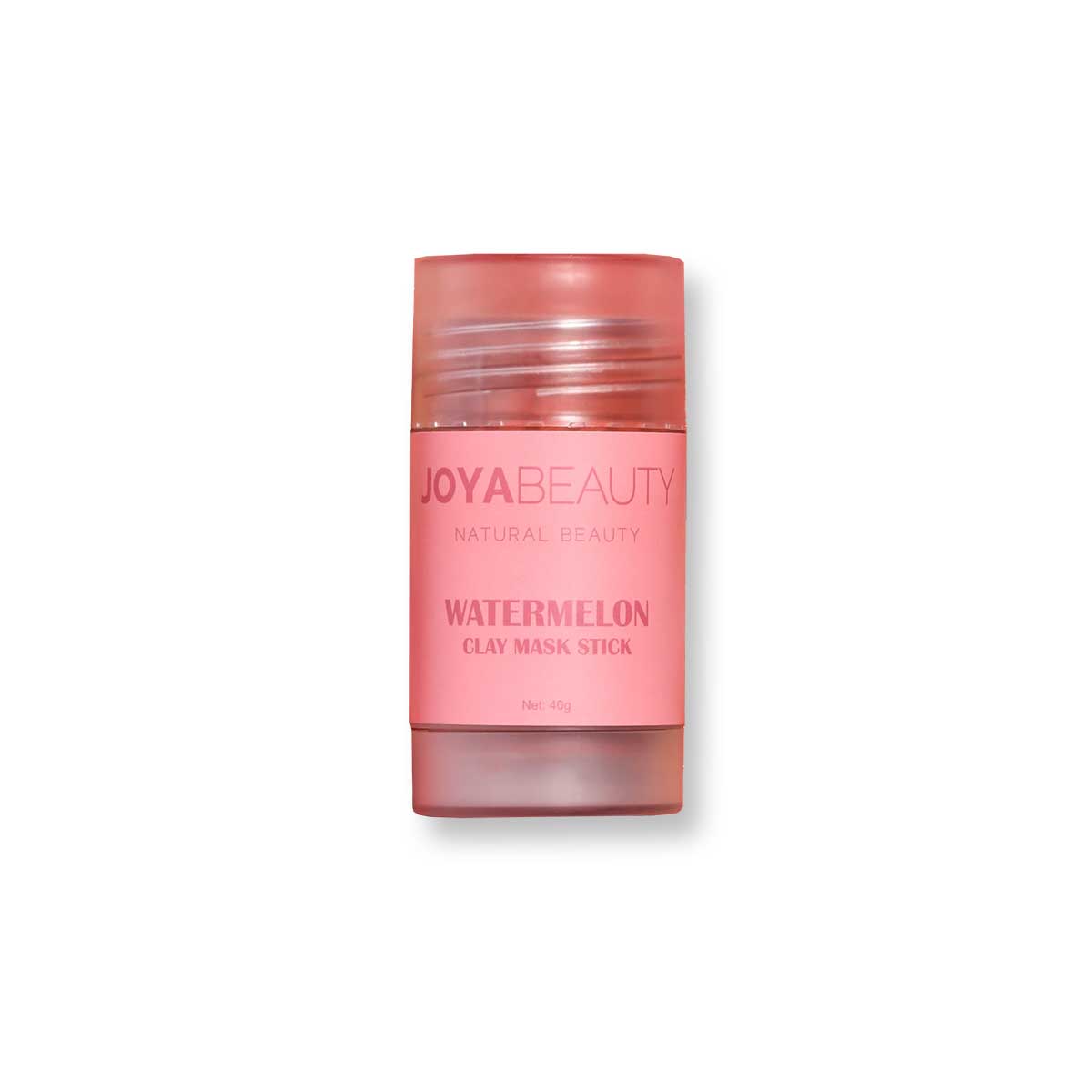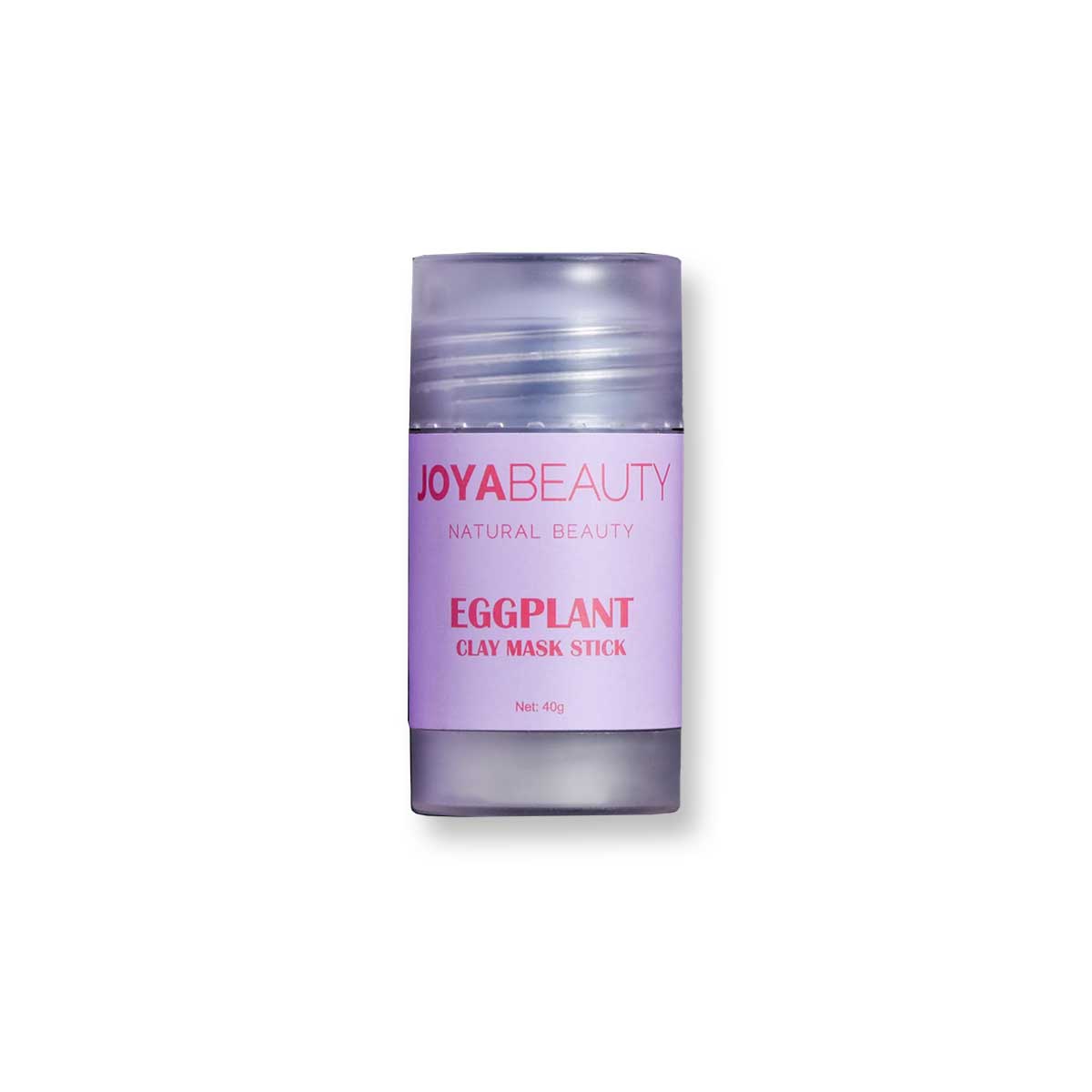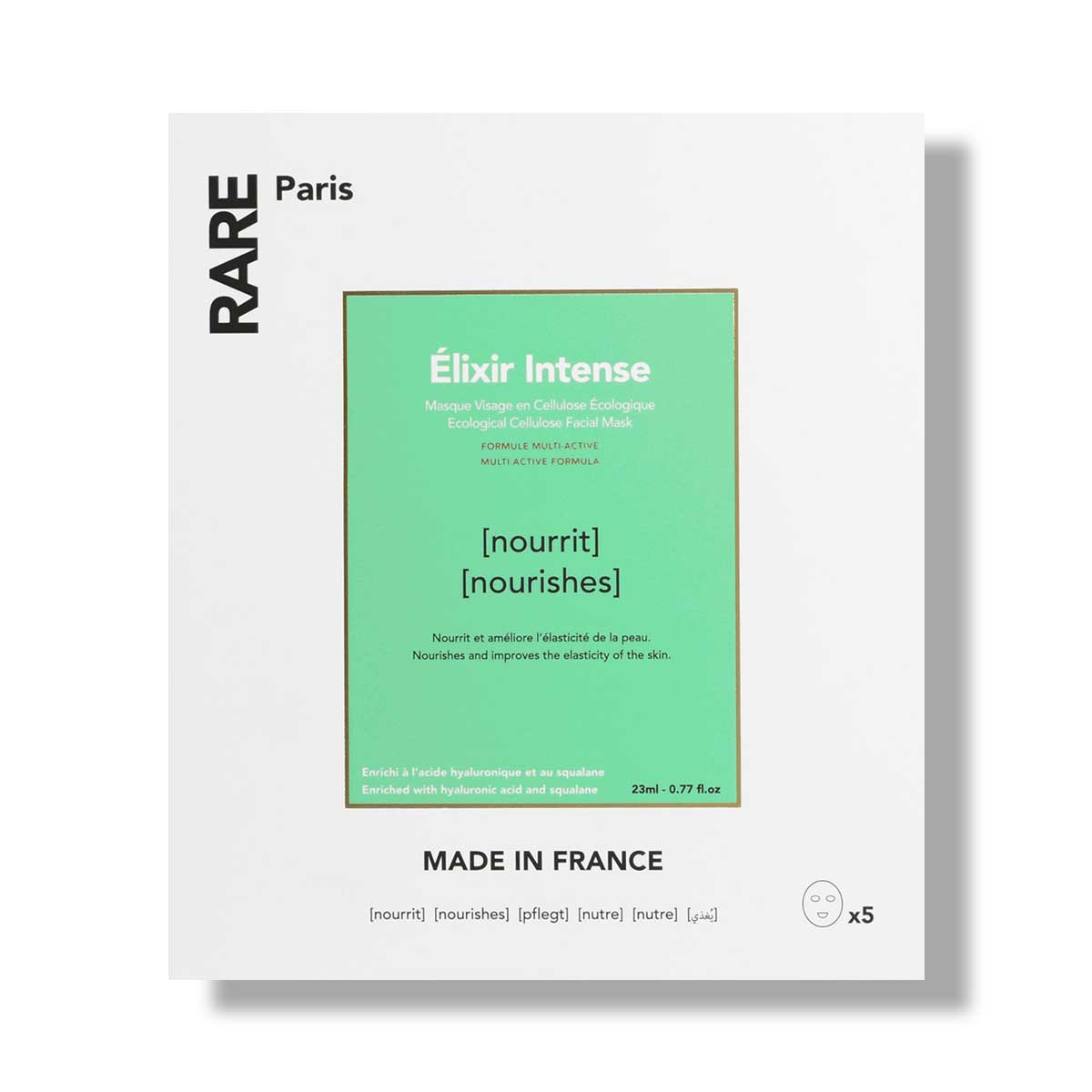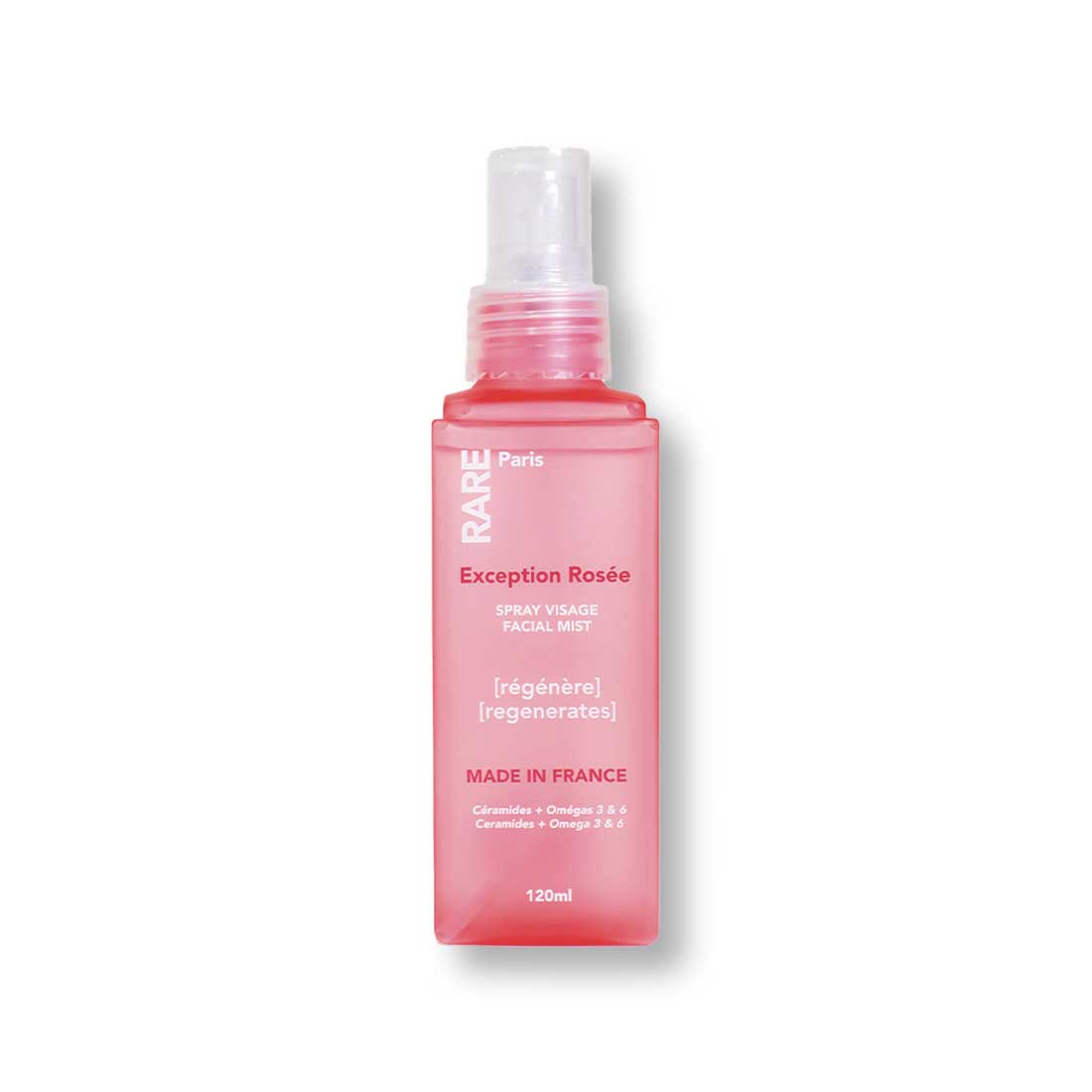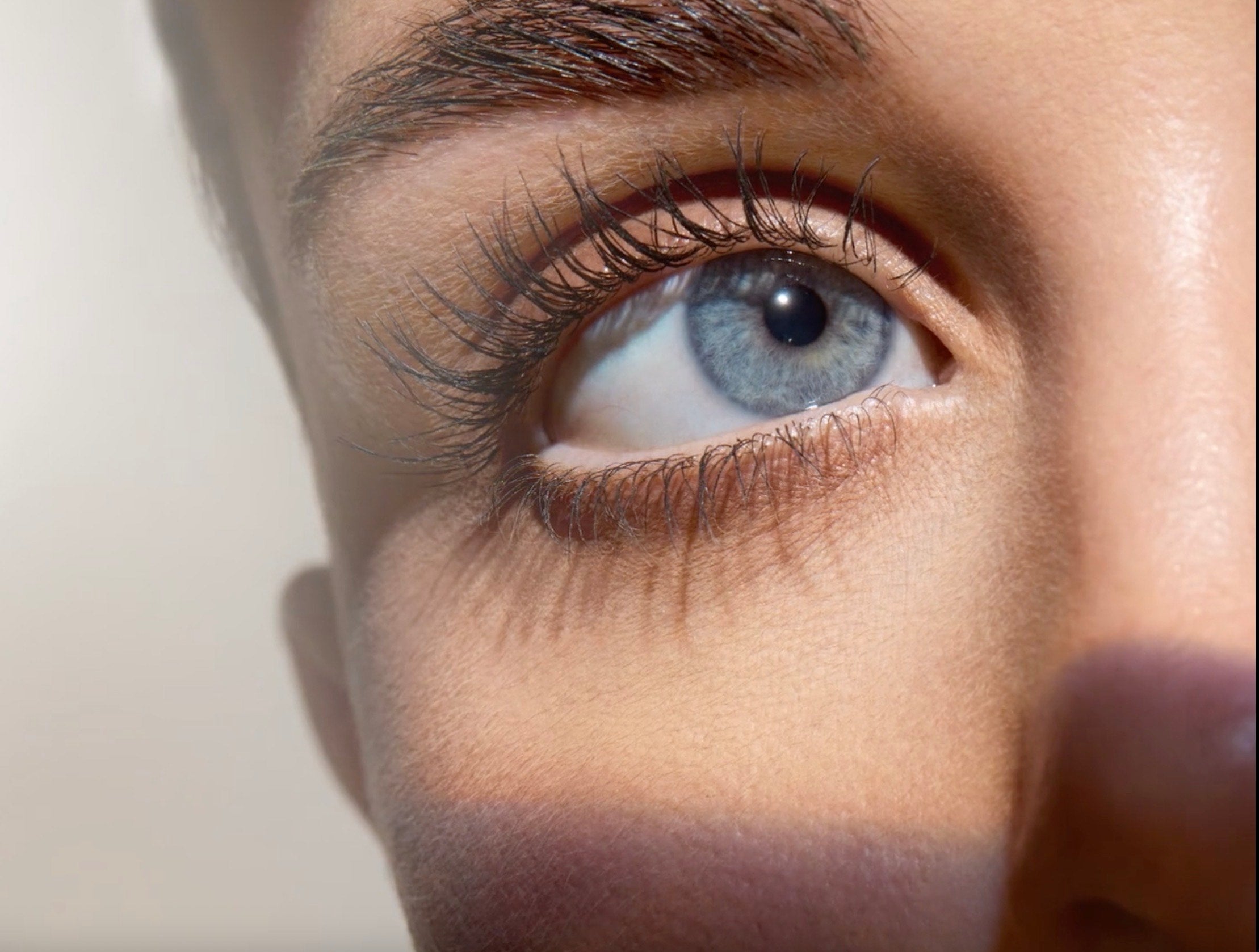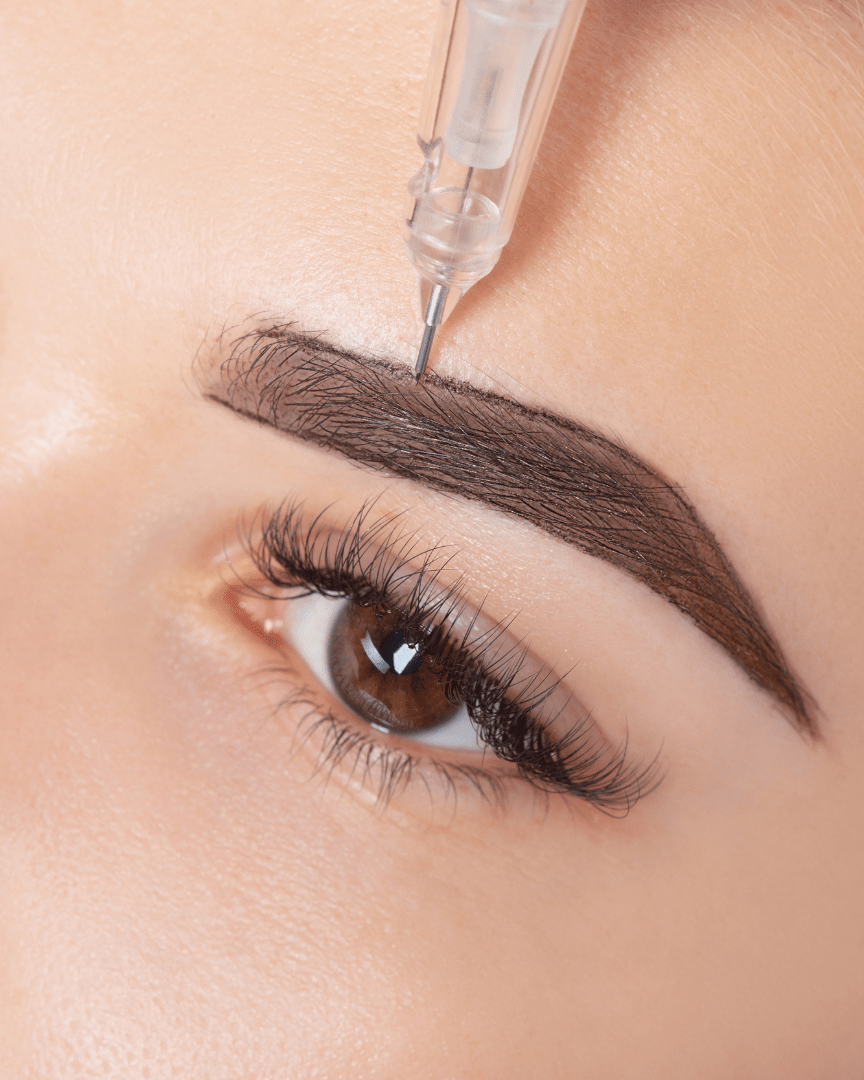Do you want a tanned complexion without spending hours in the sun? Well, surely you have already heard that eating carrots can help you. But how many of these delicious vegetables do you really need to devour to get results? Let's find out together!
When it comes to preparing our skin for summer, we have a whole range of treatments at our disposal, from sunscreen capsules to tanning accelerators. Hydration and a colorful diet are also said to play a key role. Among the fruits and vegetables that can stimulate our melanin, there is an undisputed champion: the carrot, with its ultra-vitamin color. The reason is simple: this vegetable is incredibly rich in beta-carotene, which gives it its characteristic hue. "Beta-carotene is a pigment made by plants that gives them their color," explains our expert. "Carotenoids, on the other hand, are antioxidant molecules par excellence, which fight against oxidative stress. These antioxidants help reduce the damage caused by UV rays and also promote skin pigmentation by stimulating the production of melanin, the natural pigment that gives skin its color." In other words, the carrot can actually help you achieve a tanned complexion, and it can even prolong it! In short, it's a masterstroke for the carrot! But one question remains: how much do you need to eat to see the effects? We asked the question to Pascale, our favorite nutritionist.
How many carrots should you eat each day?
You don't have to gorge on carrots to get a nice tan. In reality, 100g of carrots a day, or just under one carrot (the average weight of which is 125g), should suffice. This serving of carrots contains about 8200 micrograms (µg) of beta-carotene, while the daily requirement for an adult is around 700 µg. Eating a carrot a day will certainly speed up the process. "However, be careful, if you eat too much, you risk ending up with orange-yellow palms. But this is not harmful to your health," warns our expert.
In what form should carrots be eaten?
If nothing prevents you from tasting cooked carrots, the ideal remains to eat them raw, preferably from organic farming. This allows you to preserve a maximum of vitamins, minerals and, of course, carotenoids, because the latter are sensitive to heat (cooking), air and light. So, grate them or cut them into small sticks just before tasting them, for example. And don't forget to add good quality fats, such as olive, canola or walnut oil, to promote the absorption of beta-carotene.
When to start your carrot cure?
"You can start your 'carrot cure' about 2 to 3 months before exposing yourself to the sun, in order to prepare your skin gently. However, do not forget to consume other vegetables in parallel. There is no point in eating only carrots, and besides, it is not recommended from a health point of view. The ideal is to vary the vegetables in season and to have a portion every day at lunch and dinner, "advises our expert. Indeed, these recommendations are part of a balanced and varied diet.
And here's one last piece of information that should appeal to carrot critics, in addition to offering you a greater variety of pleasures: other fruits and vegetables also contain carotenoids. You can easily recognize them by their pink-red or orange color. “The more intense the color, the higher the beta-carotene content,” says our expert. It is therefore found in squash, tomatoes, peppers and leafy vegetables such as cabbage. On the fruit side, oranges, strawberries, watermelon, apricots and pink grapefruit, among others, are also high in carotenoids. And for a glowing complexion, we use our watermelon detox mask from Joya Beauty!


